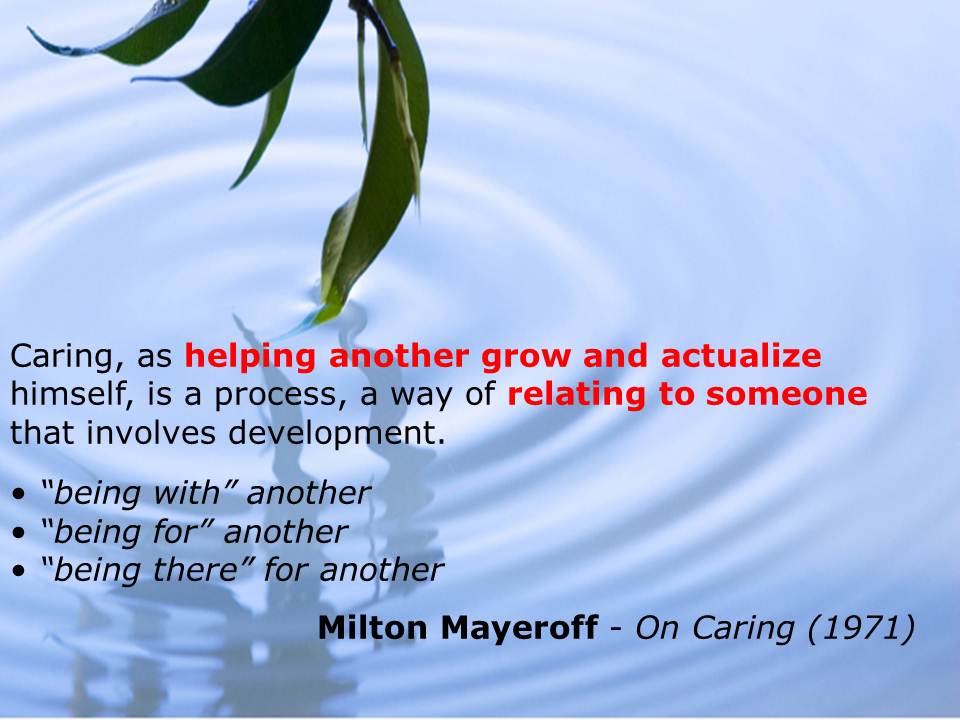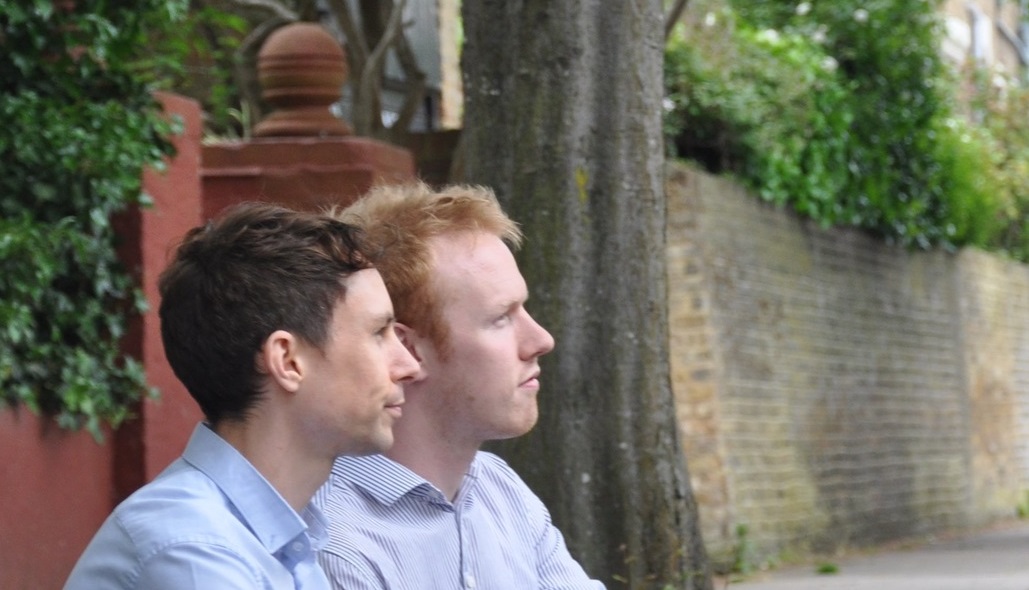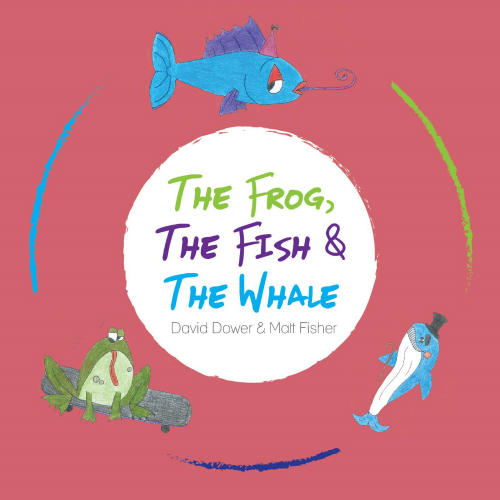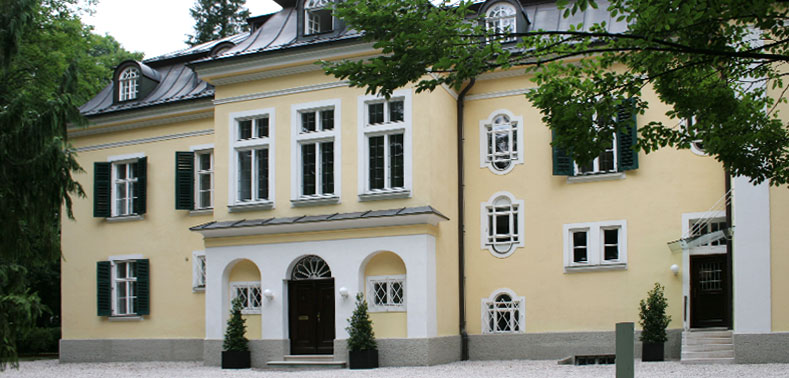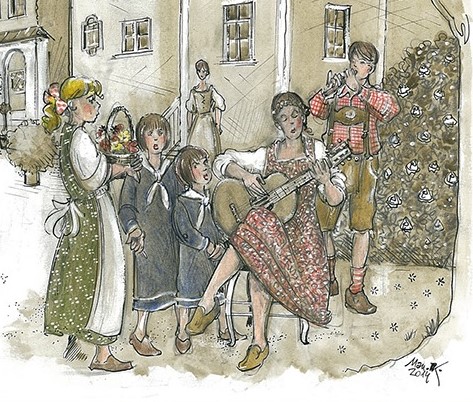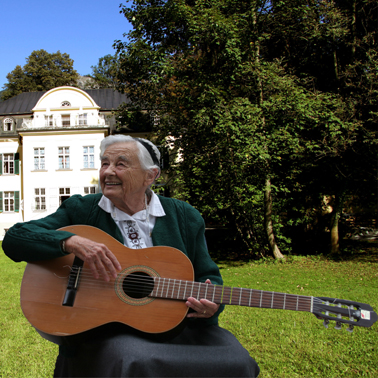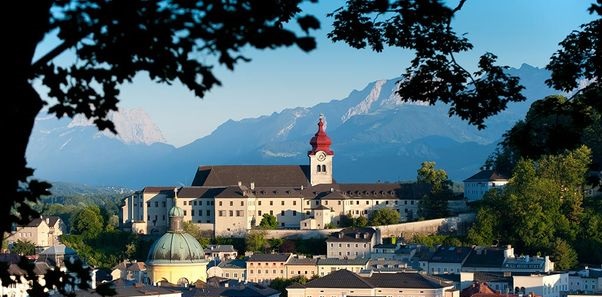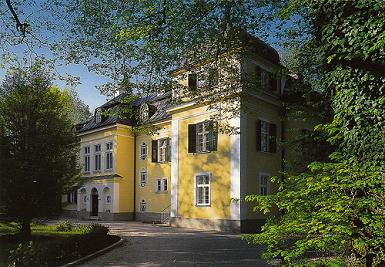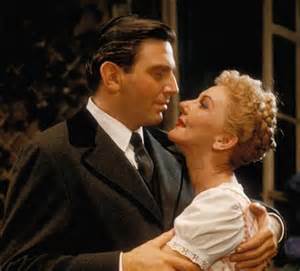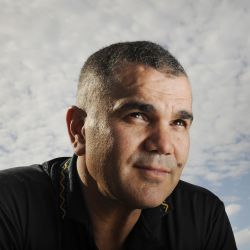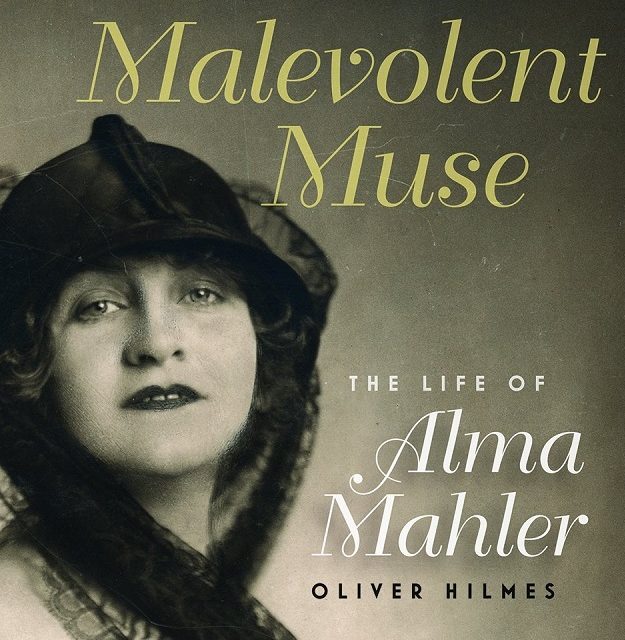Who’s to say
What’s impossible
Well they forgot
This world keeps spinning
And with each new day
I can feel a change in everything
And as the surface breaks reflections fade
But in some ways they remain the same
And as my mind begins to spread it’s wings
There’s no stopping curiosity
I want to turn the whole thing upside down
I’ll find the things they say just can’t be found
I’ll share this love I find with everyone
We’ll sing and dance to Mother Nature’s songs
I don’t want this feeling to go away
Who’s to say
I can’t do everything
Well I can try
And as I roll along I begin to find
Things aren’t always just what they seem
I want to turn the whole thing upside down
I’ll find things they say just can’t be found
I’ll share this love I find with everyone
We’ll sing and dance to Mother Nature’s songs
This world keeps spinning and there’s no time to waste
Well it all keeps spinning spinning round and round and
Upside down
Who’s to say what’s impossible and can’t be found
I don’t want this feeling to go away
Please don’t go away
Please don’t go away
Please don’t go away
Is this how it’s supposed to be
Is this how it’s supposed to be
Songwriters: JACK HODY JOHNSON
© Universal Music Publishing Group
For non-commercial use only.
